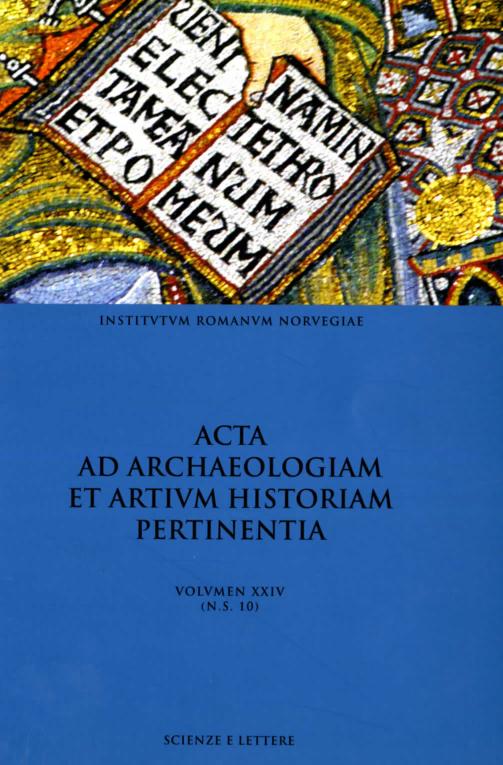Inscriptions on Painted Crosses and the Spaces of Personal and Communal Meditation
DOI:
https://doi.org/10.5617/acta.5780Abstract
Against the background of a general discussion of medieval devotional practices connected to the crucifix, this paper contributes to the study of the oversized, painted crucifixes prominent in central Italy from the eleventh century and onwards. The paper examines and discusses two recently cleaned Italian crosses from the twelfth century, one in Convent of Rosano near Florence and the other in the cathedral of Sarzana. Both include scenes from the Passion of Christ elucidated by inscriptions. The words accompanying the individual narratives support the overall anagogical strategy and were clearly intended for personal meditation on Christ’s life that focuses the viewer’s mind and elevates his or her contemplation. The crucifixes were conceived of as manifestations of divine real presence. Thus the narrative scenes and accompanying inscriptions actively engaged the problem of Christ’s two natures de facto and, in so doing, they mapped itineraries of meditation onto the pictured Crucifixion. The paper considers possible liturgical and devotional uses of the crucifixes, concluding that the inscriptions not only articulate the meaning of the imagery but also bear on their use(s) in liturgical and private spaces.How to Cite
Kessler, H. L. (2017) “Inscriptions on Painted Crosses and the Spaces of Personal and Communal Meditation”, Acta ad archaeologiam et artium historiam pertinentia, 24(10 N.S.), pp. 161–184. doi: 10.5617/acta.5780.
Issue
Section
Articles
License

This work is licensed under a Creative Commons Attribution-NonCommercial 4.0 International License.
Authors who publish with this journal agree to the following terms:
- Authors retain copyright and grant the journal right of first publication with the work simultaneously licensed under a Creative Commons Attribution License that allows others to share the work with an acknowledgment of the work's authorship and initial publication in this journal.
- Authors are able to enter into separate, additional contractual arrangements for the non-exclusive distribution of the journal's published version of the work (e.g., post it to an institutional repository or publish it in a book), with an acknowledgement of its initial publication in this journal.
- Authors are permitted and encouraged to post their work online (e.g., in institutional repositories or on their website) prior to and during the submission process, as it can lead to productive exchanges, as well as earlier and greater citation of published work (See The Effect of Open Access).





